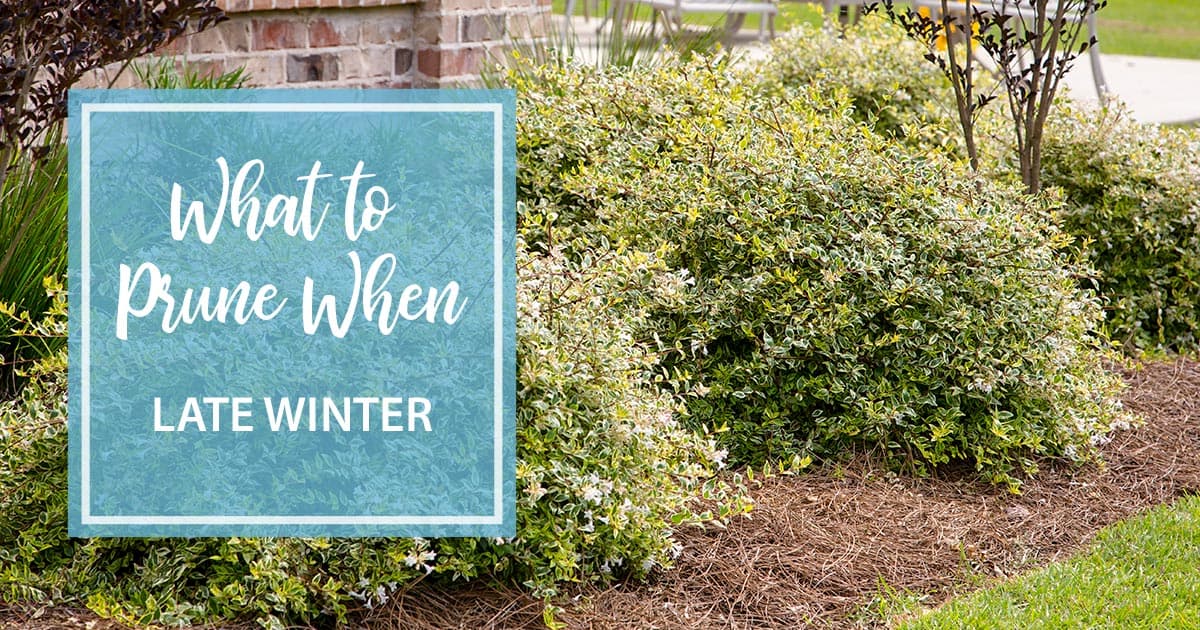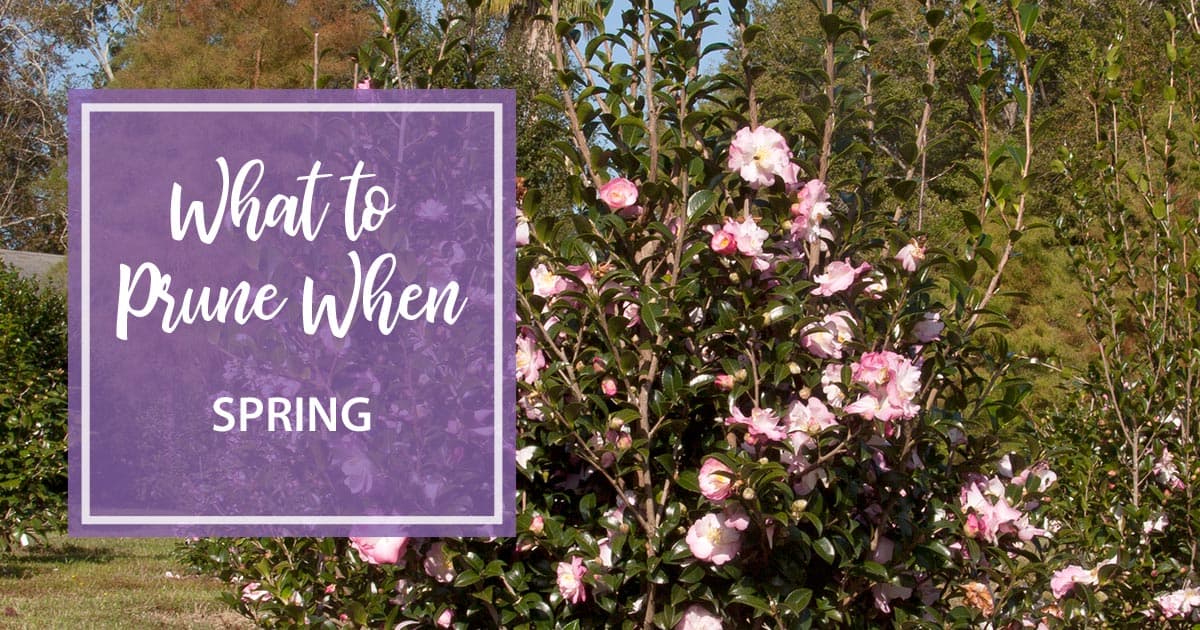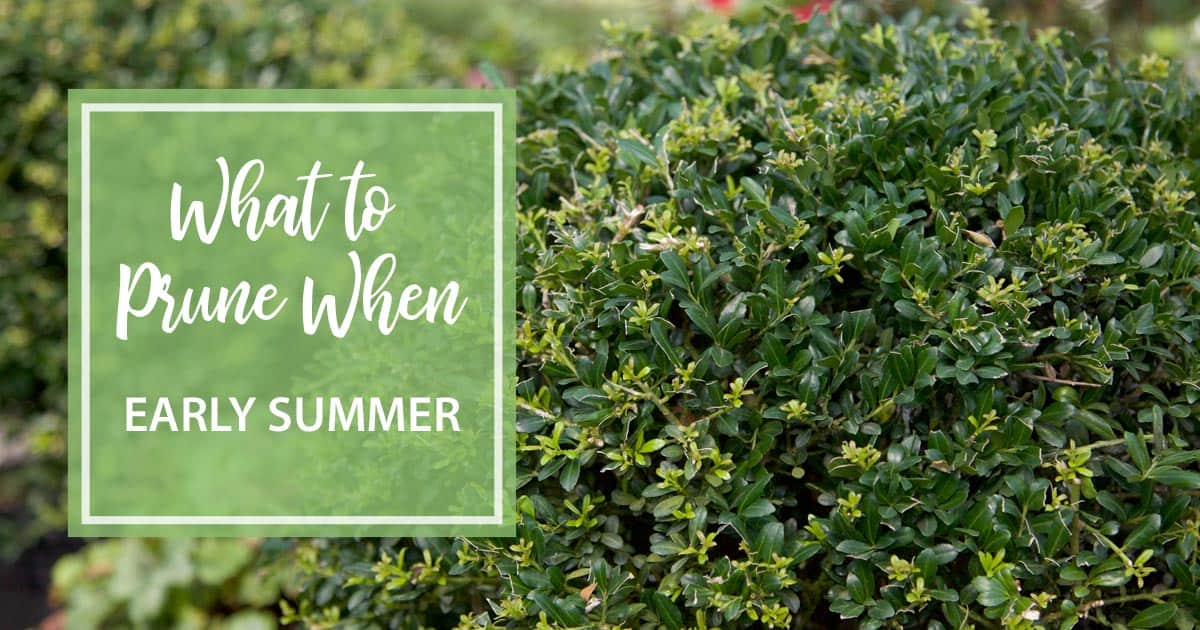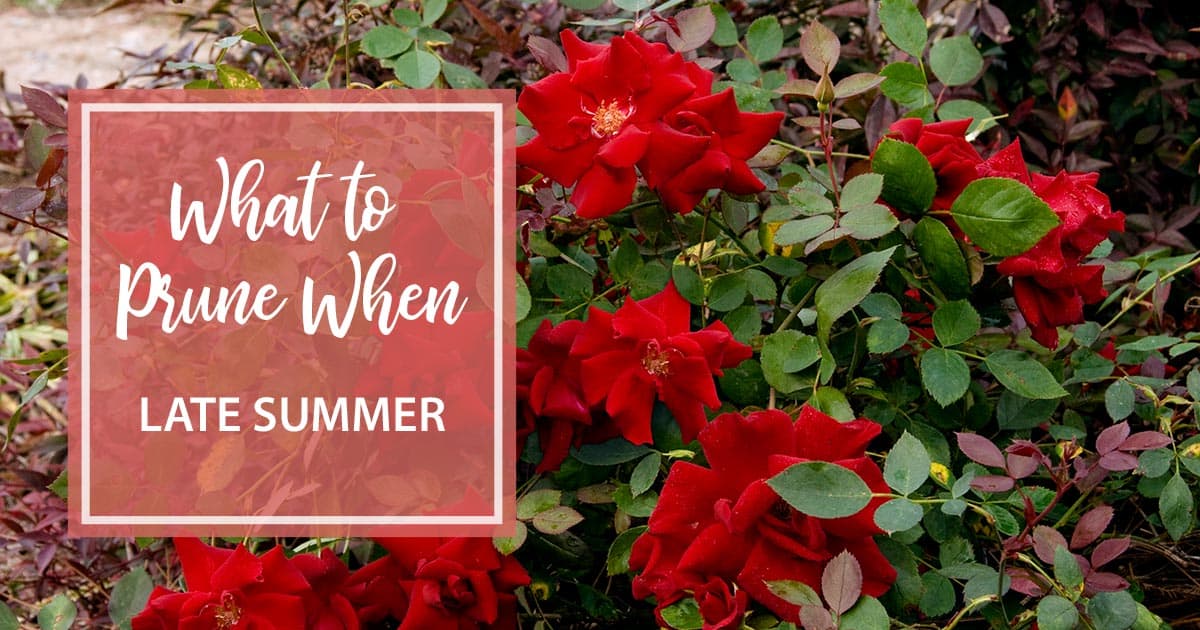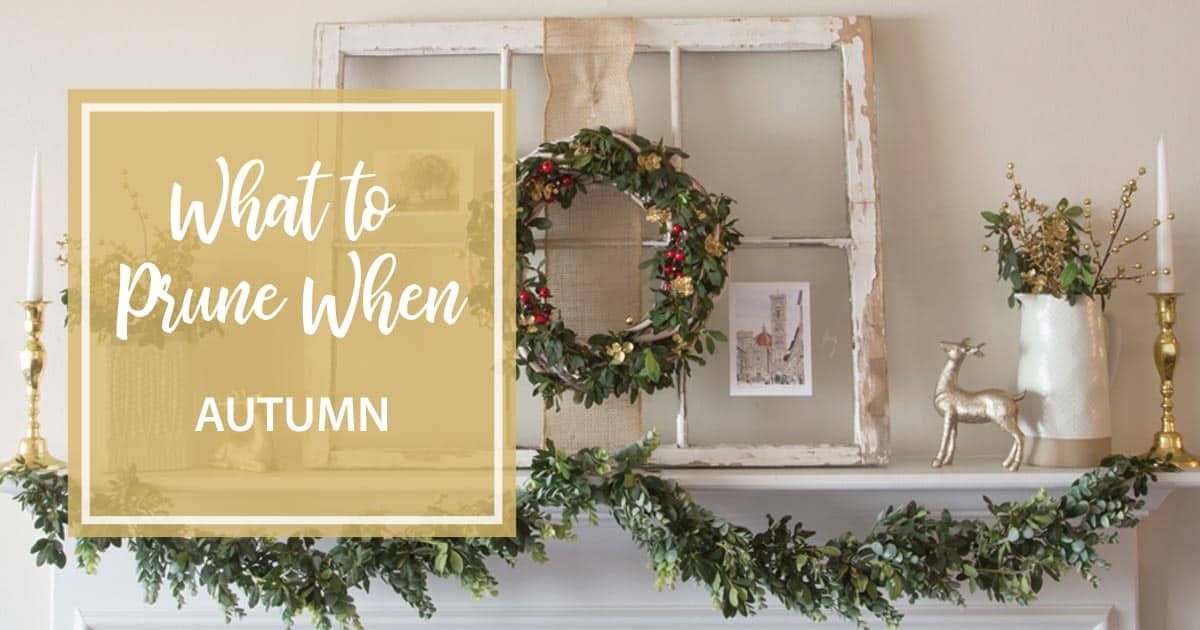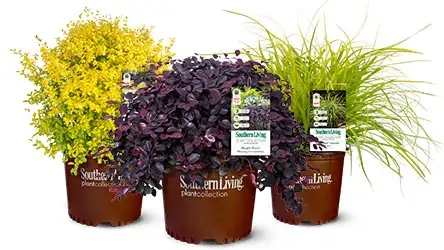The bulk of shrub pruning occurs in late winter when plants are dormant, just before new growth begins to emerge. This is also a good time to clean up beds by cutting back ornamental grasses and perennials. Pay close attention to fruiting shrubs to encourage high yields.
Evergreens
- Prune most broadleaf evergreens now: abelia, boxwood, cleyera, elaeagnus, nandina, privet, and holly. Wait until after flowering for spring bloomers.
- Viburnums (both evergreen and deciduous) can be cut back hard to reduce size, but you will sacrifice flowers for the season. Wait until after flowering for light pruning.
- Needled evergreens including arborvitae, juniper, and yews can be shaped in late winter. Take care not to cut back into old wood. Wait until March to prune pittosporum. Conifers (cone-bearing evergreens) are pruned in June.
Deciduous Shrubs
- Many ornamental shrubs bloom on new growth that emerges in spring. These are pruned in late winter: beautyberry, butterfly bush, clethra, crapemyrtle, panicle hydrangeas (Hydrangea paniculata), smooth hydrangeas (Hydrangea arborescens), roses, and rose of Sharon.
- Shape barberry, dogwood, and deciduous holly as needed.
- Wisteria: prune shoots down to three to five buds to encourage better blooming.
Hedges
- Formal hedges often require both a winter and mid-summer shaping, including plants like abelia, arborvitae, boxwood, euonymus, holly, juniper, and privet.
Fruits
- Blueberry: Reduce the number of stems, leaving only three each of 1st, 2nd, and 3rd year canes.
- Blackberry: Reduce the number of canes/stems per plant, leaving the strongest. Trim the side (lateral) branches of remaining canes to 12-15 inches for larger fruits.
- Figs: Remove any dead, damaged, or weak branches to encourage growth.

